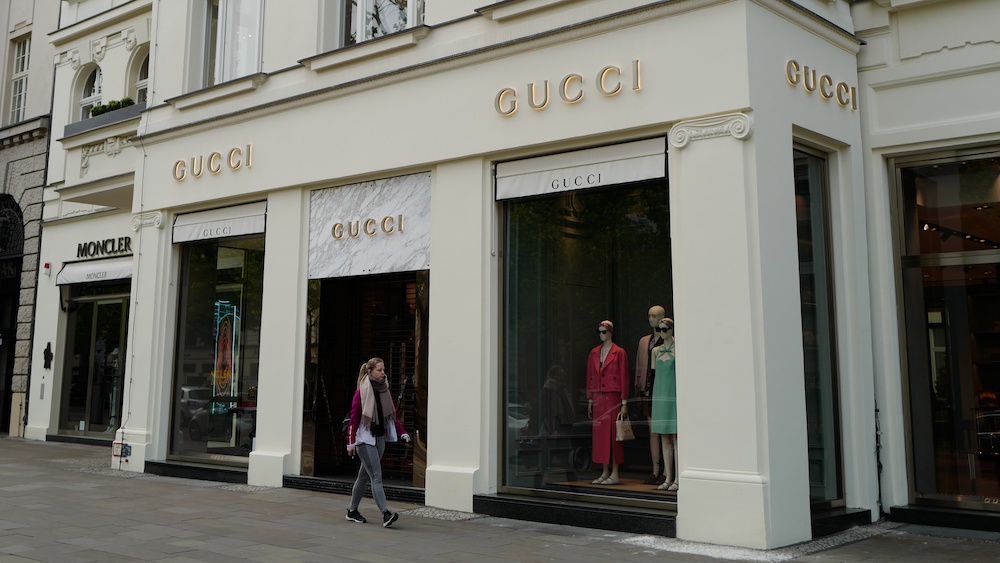If you’re interested in sharing your opinion on any cultural, political or personal topic, create an account here and check out our how-to post to learn more.
____
In the fashion cultural consciousness, Gucci has been a brand known for making mistakes when it comes to the Black experience. In 2017, Gucci created a sweater that resembled blackface with big red lips spewing across the front. Tacky and insensitive. It seemed, however, after that debacle the brand began understanding the errors of its ways, taking a more urban and street style approach.
Gucci, while a luxury house which caters to upper-class clientele (often white women), is also a brand authenticated and popular by BIPOC patrons and Gen Z. Creative Director Alessandro Michele has added more logos, street style and trendier pieces to his collections in turn, attracting a more diverse audience base. The marketing of Gucci is evident in its approach that it wants BIPOC and Gen Z to help maintain its bottom line.
Yet, Gucci has made another faux pas.
Gucci has recently released a new collection named "Fake/Not." While meant as satire and commentary, the design sends an imperfect message to its BIPOC patrons. As articulated on Gucci's website, the Fake/Not collection began as a narrative, "with a print inspired by a retro appropriation of the Gucci logo featuring the bicolor stripe. Entering a new chapter, the green and red design mixes with 'Fake/Not' — a playful commentary on the idea of imitation." While counterfeit and imitation items are not to be tolerated, making a collection like this is in poor taste.
With brands like Gucci crucifying individuals like Dapper Dan and often treating patrons of color as lesser because they do not think they can afford their merchandise, creating a line like this is problematic. BIPOC persons have had a long history of being treated inequitably by fashion houses like Gucci. Yet, they still pour large sums of capital into the brands. Nonetheless, BIPOC persons are still seen as individuals who cannot afford or appreciate authentic luxury goods. Thus, BIPOCs seem to need to be reminded by the brand that imitation items are wrong.
Frankly, there are many more robust ways for a brand to make commentary and strides to combat counterfeit paraphernalia. The message does not need to be plastered across bags and products to get the point across. Brands like Gucci have an interesting way of othering the very people that want to support them.
Gucci expresses this wish to be more inclusive, yet participates in actions that polarize its audiences. Many will say that this choice is not about the customer; however, I posit that they need to look deeper. BIPOC persons have always been viewed as wearing and obtaining counterfeit goods and possessions.
The collection may be cute and upbeat, yet is still ripe with oppression and implicit bias. Brands have target audiences that they want to speak to and others they want to correct. Gucci's new bag collection is one way the brand is trying to fix some of its consumers while masking it as hip and trendy. Gucci needs to be more strategic and critical of the work they put out and its message because it just might lose customers.
